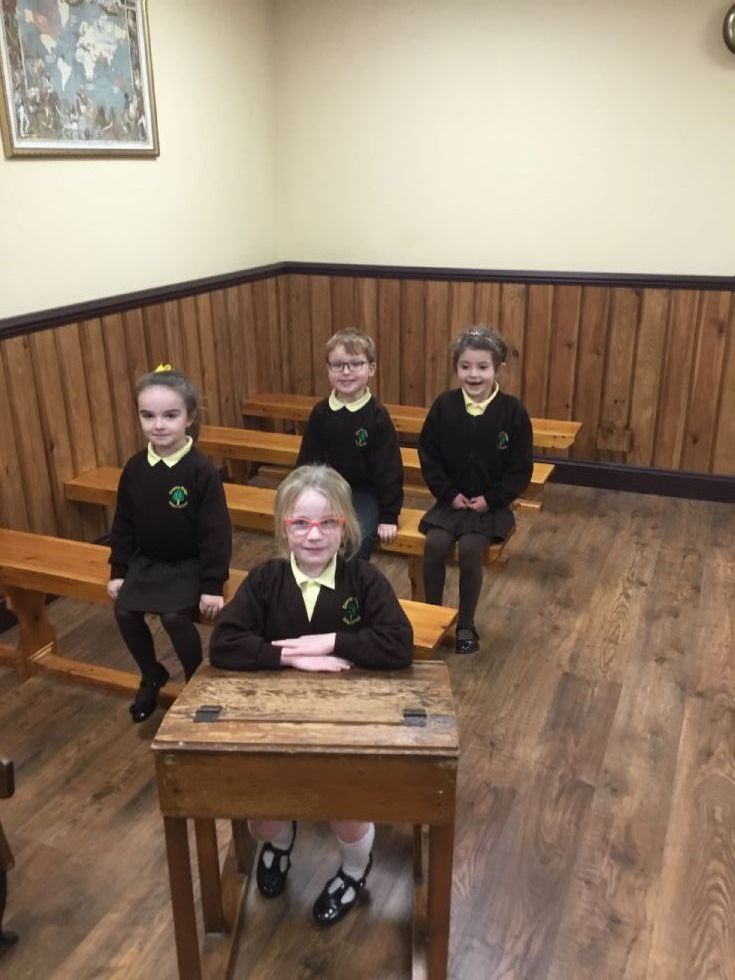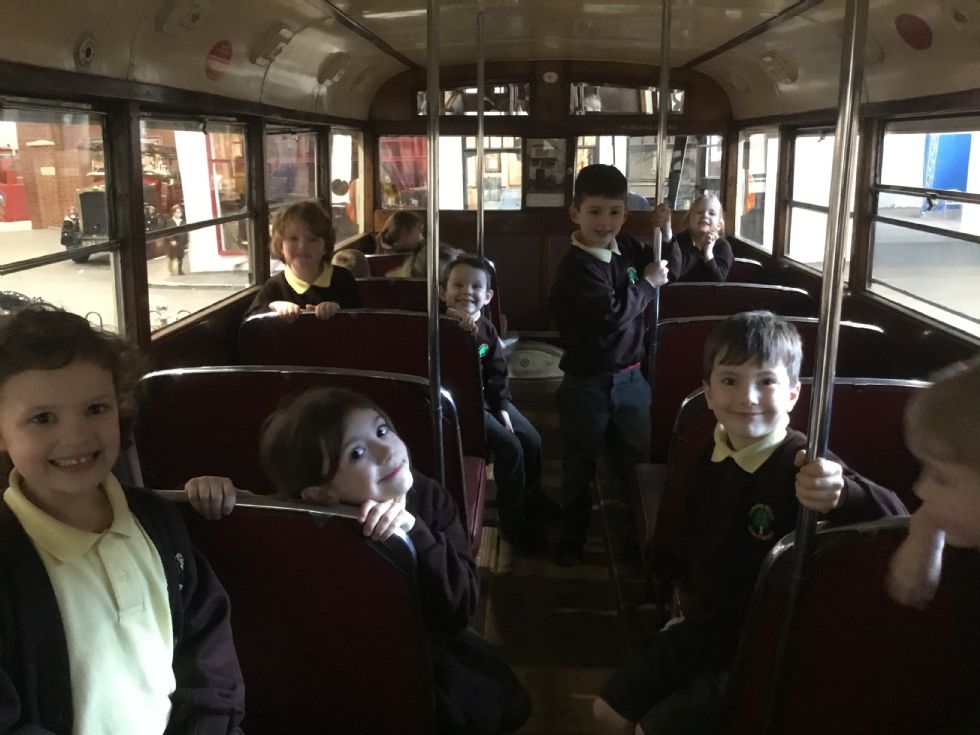History
“How do you know who you are unless you know where you’ve come from? How can you tell what’s going to happen, unless you know what’s happened before? History isn’t just about the past. It’s about why we are who we are – and about what’s next.” Tony Robinson, Actor & TV Presenter
Intent
At Crawley Ridge Infant School the curriculum is designed to stimulate children’s curiosity about the way of life of people who have lived in the past. Children learn about people’s lives and lifestyles and they find out about significant people from the recent and more distant past. They visit museums and historical buildings, listen to visiting speakers, use books, videos, old documents, photographs and artefacts to deepen and enhance their interest and understanding. Children also have the opportunity to learn about the past through their own experiences when they take part in role play activities and special themed days.
By the end of KS1, we aim for pupils to have developed an awareness of the past, using common words and phrases relating to the passing of time. It is our intention for them to know where the people and events they study fit within a chronological framework and be able to identify similarities and differences between ways of life in different periods. They should be able to use a wide vocabulary of everyday historical terms. We aspire for them to be confident in asking and answering questions and being able to choose and use parts of stories and other sources to show that they know and understand key features of events. They should understand some of the ways in which we find out about the past and identify different ways in which it is represented.
In planning to ensure the progression described above through teaching about the people, events and changes outlined in our progression grid, teachers are often introducing pupils to historical periods that they will study more fully at Key Stages 2 and 3.
The National Curriculum for KS1 states that pupils should be taught about:
- changes within living memory. Where appropriate, these should be used to reveal aspects of change in national life
- events beyond living memory that are significant nationally or globally [for example, the Great Fire of London, the first aeroplane flight or events commemorated through festivals or anniversaries]
- the lives of significant individuals in the past who have contributed to national and international achievements. Some should be used to compare aspects of life in different periods [for example, Elizabeth I and Queen Victoria, Christopher Columbus and Neil Armstrong, William Caxton and Tim Berners-Lee, Pieter Bruegel the Elder and LS Lowry, Rosa Parks and Emily Davison, Mary Seacole and/or Florence Nightingale and Edith Cavell]
- significant historical events, people and places in their own locality.
Implementation
Please find attached to the bottom of this webpage a progression grid outlining how History is implemented throughout our school, including EYFS.
.
Impact
The impact of this teaching throughout our school will inspire the children to show an interest in and talk about their own and others' experiences in relation to time. They will be able to use historical vocabulary to consider, contrast and explain about things that happened in the past in detail. They will be able to give reasons for things that have happened, making links between different events in History. This will ensure that they are equipped with the historical skills and knowledge to enable them to continue on their historical learning journey as they move into Key Stage 2.



